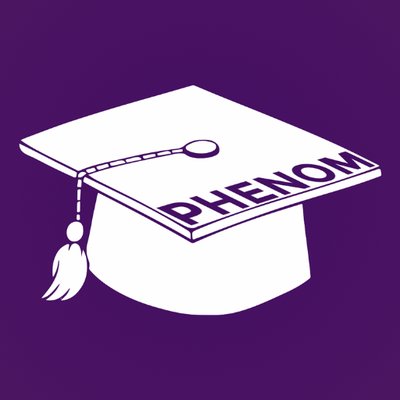PHENOM is starting the new academic year by launching a biweekly message to key individuals in public higher education policy and activism like yourself. We will offer brief commentary on key issues, provide links to valuable articles and research, and keep you up to date about PHENOM’s work.
The Time Is Now for Free Public Higher Education
Two announcements made this past July, when news is supposed to be slow and of little consequence, could change the face of public higher education in the state forever: we now have a good understanding of how much it would cost to make public higher education free in Massachusetts, and we may soon have the money to pay for it.
For many years, public higher education advocates such as PHENOM have argued that public higher education should be free, in the same way that kindergarten through twelfth grade is free. That is, it should be available to all, as a right, paid for by the common wealth we call taxes. In Massachusetts we can proudly say we pioneered this notion of universal free public education starting in the early 19th century. We then steadily expanded the definition of what constitutes a free public education – first it was up to sixth grade, then 10th, and then, starting in the 20th century, through high school.
And after World War II we came close to expanding this right through college. Up until 1978, a student attending the highest-tuition university in our system – UMass-Amherst – could graduate debt free by working a 10-hour a week, minimum-wage job during each of their four years. Not free, but pretty darn close.
But then began the tragic story of the past three decades: a steady decline in state funding, rapid increase in tuition and fees, and loads of debt heaped onto the backs of students and their families. We have walked away from our commitment to expanding public education to include some college.
As student debt has eclipsed credit-card debt, and graduates have been unable to pay off those debts for decades, the intensity of discussions, and proposals, make this the moment for debt-free public higher education. Suddenly, the silence proposals for free public higher education were greeted with in the past have been replaced with a cacophony of support all over the country. Tennessee now offers free community college, Mississippi, California, Philadelphia, and Chicago may follow. And Georgia has offered its lottery-funded HOPE scholarships, offering four-free years, for twenty years. Oregon is looking at a model of paying tuition only after you graduate and start earning an income. Massachusetts has lagged behind, with small increases in financial aid, and, for two years, a freeze in any fee increases. As welcome as they improvements have been, we still charge some of the highest tuition and fees in the nation.
Which is why the report by the Massachusetts Budget and Policy Center, Debt-Free Public Higher Education: What Would it Take?, is so important. It lays out in detail how much it would actually cost to provide free public higher education — subtracting all the monies we are already expending on financial aid and all the federal grants students are already receiving. Free community college for all existing community college students? $127 million. Free community college and state universities? $325 million. And free tuition and fees at all public campuses, including UMass? $631 million. These are big numbers, but hardly overwhelming in a state with a $40 billion state budget.
Still, given how many pressing needs there are, how would we pay for it? July also brought a response to that question: by asking multi-millionaires to pay a little bit more in taxes. The Raise Up Massachusetts coalition (PHENOM is a member) announced that it would launch a constitutional amendment campaign to create one new income tax rate, for people who make more than $1 million a year in income. This change on the top 1% would generate about $1.3 billion dollars every year and would be dedicated to quality public education, roads, bridges, and public transportation, and making public higher education more affordable. Certainly we could afford free community college, or free community college and substantial grants to pay for state universities and UMass. Signature-gathering for the constitutional amendment begins this week. Suddenly, Massachusetts could leap back into a leadership role in public higher education.
Those sweltering days of July may turn out to be a hothouse for free public higher education.
Key dates coming up for public higher education:
September 16 (Wednesday, 10:30AM-1PM) — Hearing on Free Community College legislation at the State House, Room A-2.
October 14 (Wednesday, 1PM-4PM) – PHENOM College Affordability Forum at UMass Amherst, featuring Congressman Jim McGovern, and national and statewide experts and activists in college affordability policies.
November 7 — Second College Access Conference at Massachusetts Bay Community College (Wellesley Campus), featuring college staff and community activists highlighting their successes at breaking down barriers to higher education.
In the News:
The Atlantic explores barriers and solutions for access and completion of low income single moms, while the Chronicle of Higher Education highlights successful programs for homeless students. Meanwhile a new report shows that Massachusetts is not measuring up when it comes to childcare access at higher ed institutions.
College affordability has been a hot topic all summer. Our partners over at Higher Ed Not Debt published a Case for Debt-Free College while ATTN released a video explaining the rising cost of course textbooks and solutions like open source texts. Inside Higher Ed had a striking piece comparing the funding of public higher education to fire departments.
